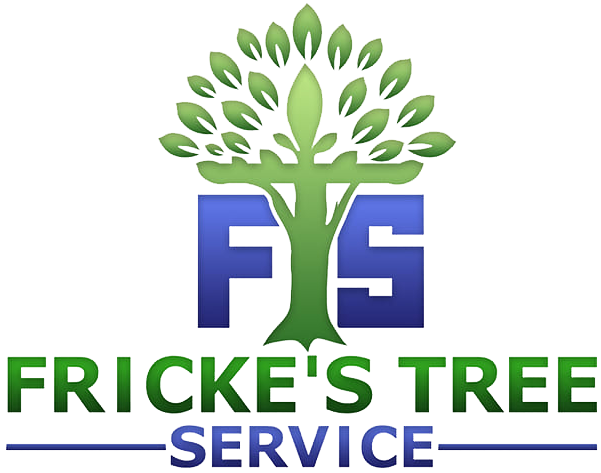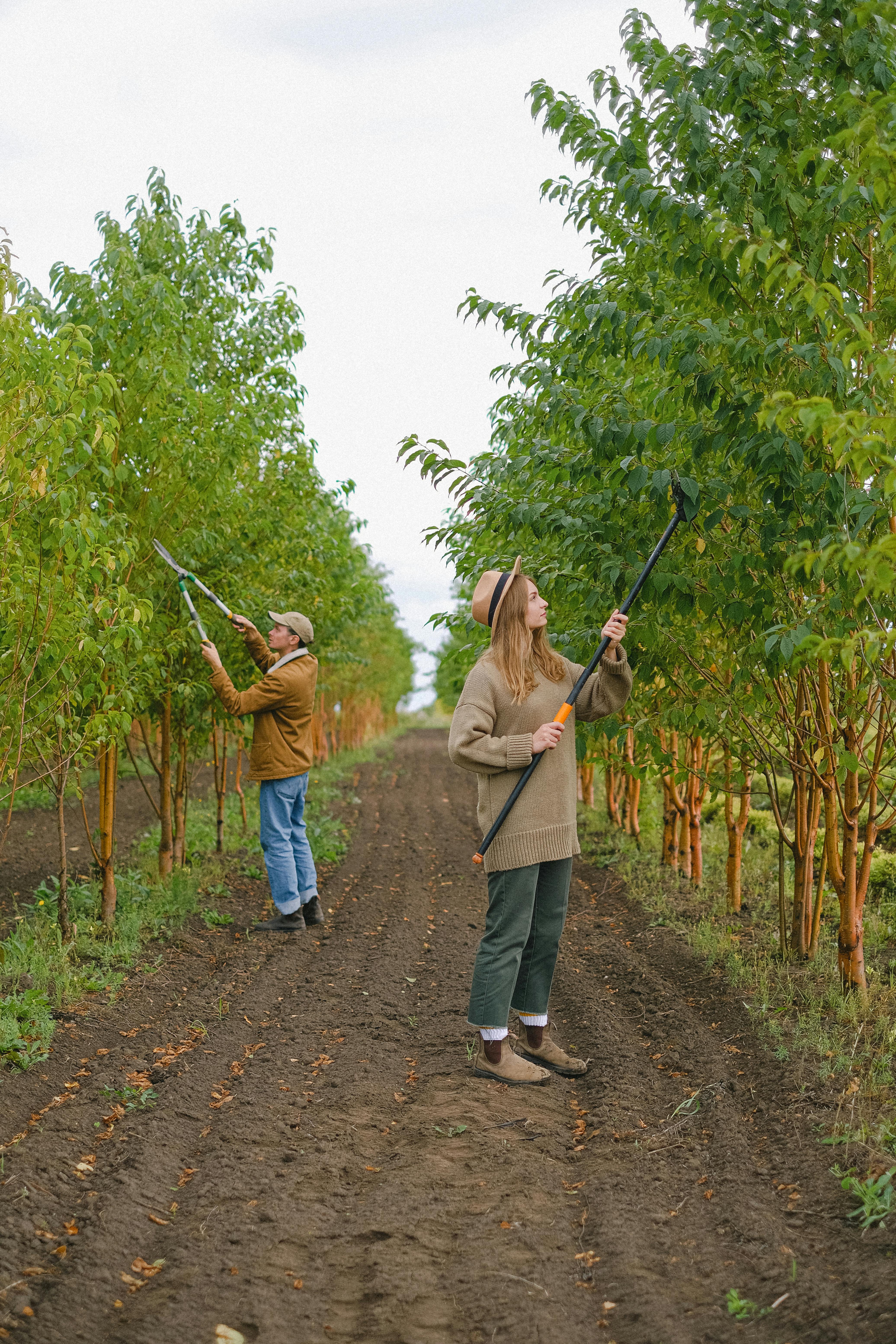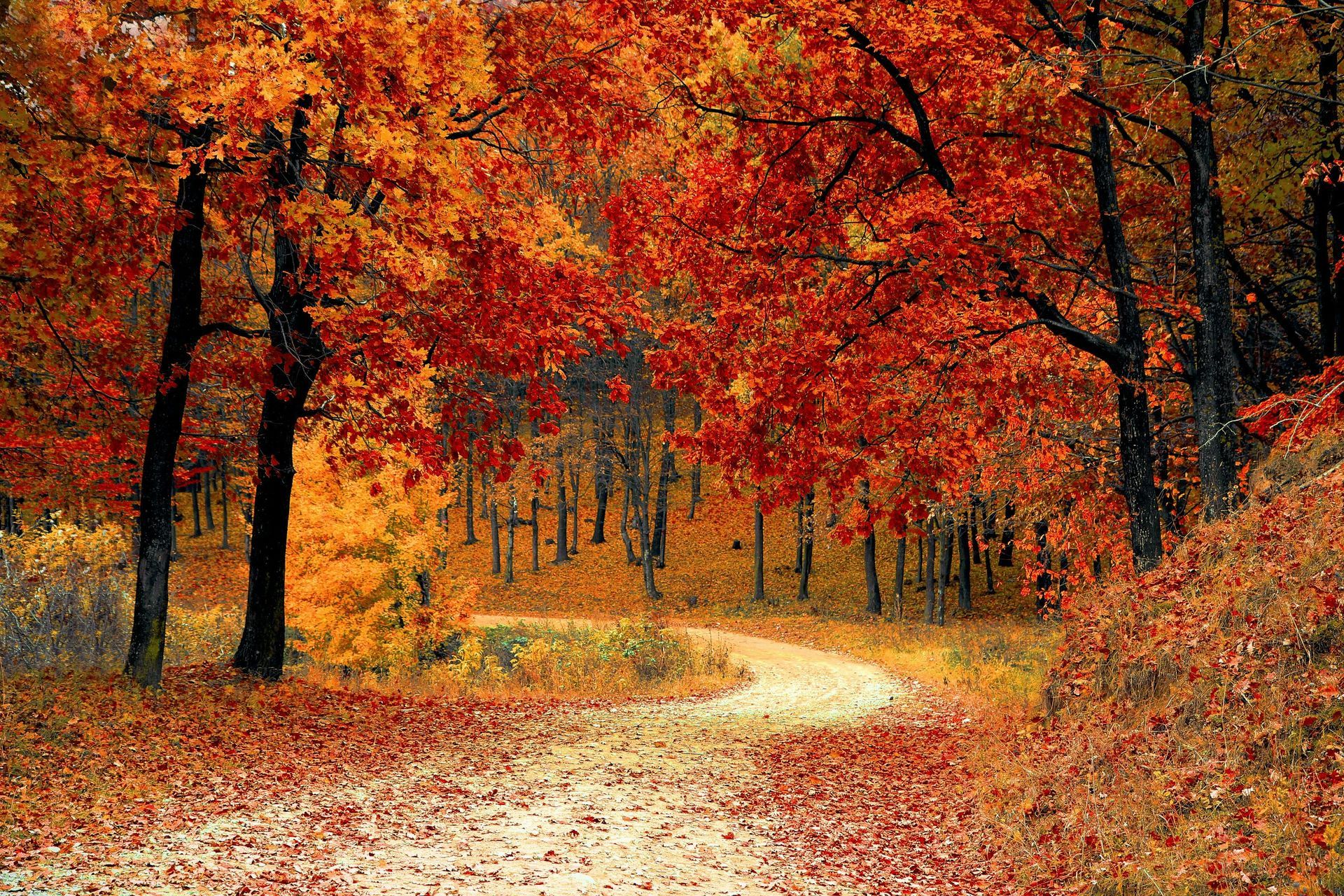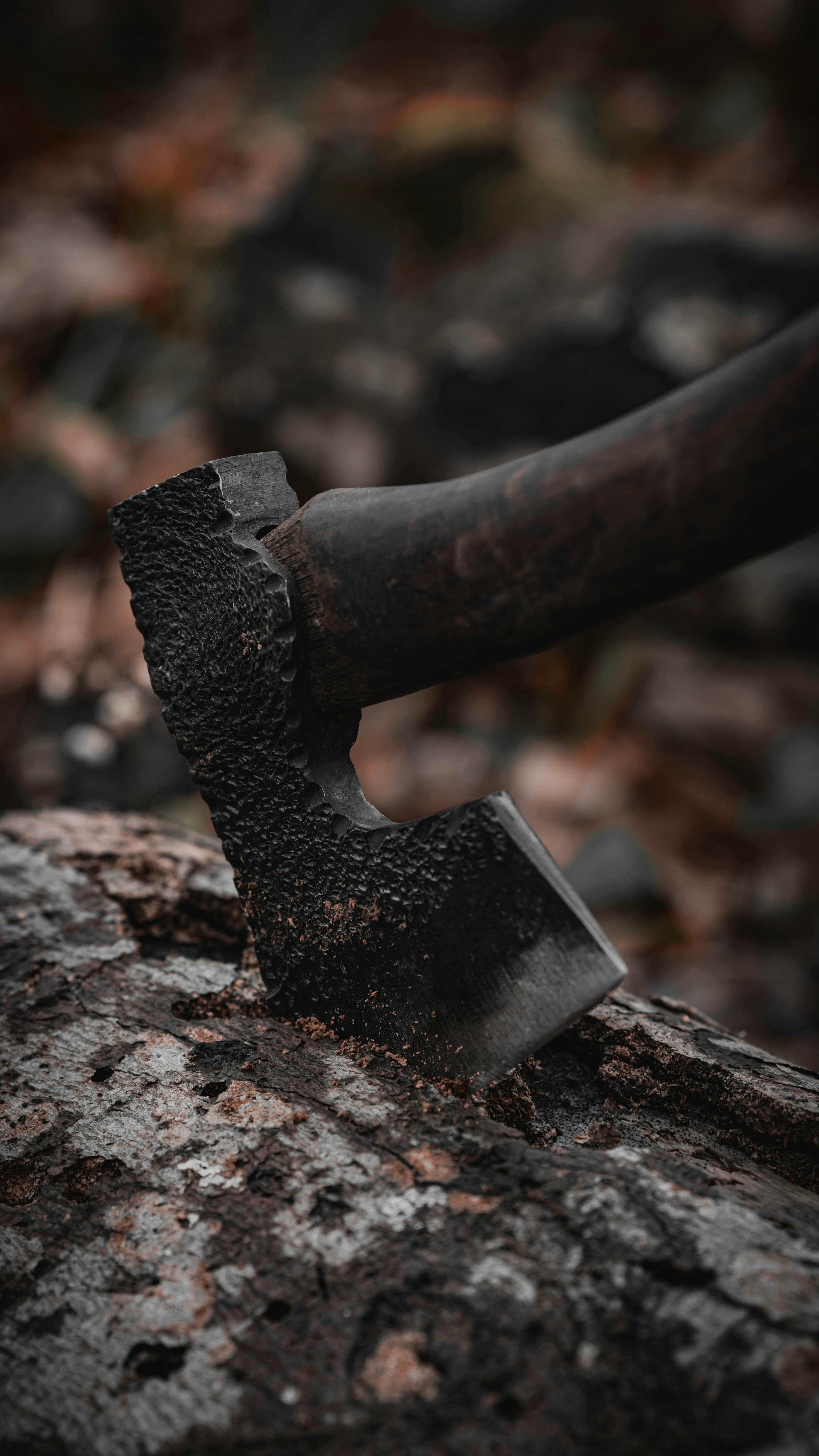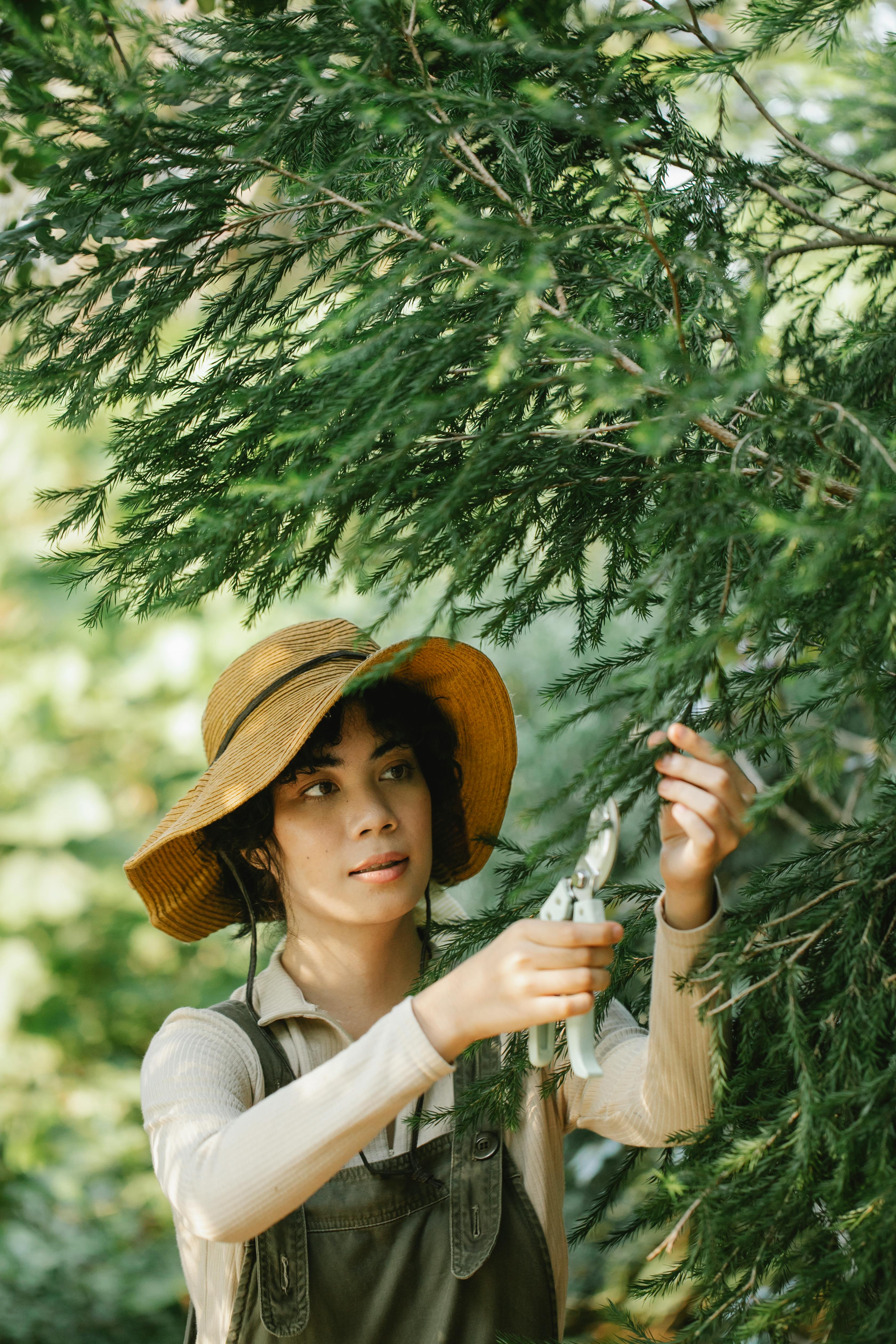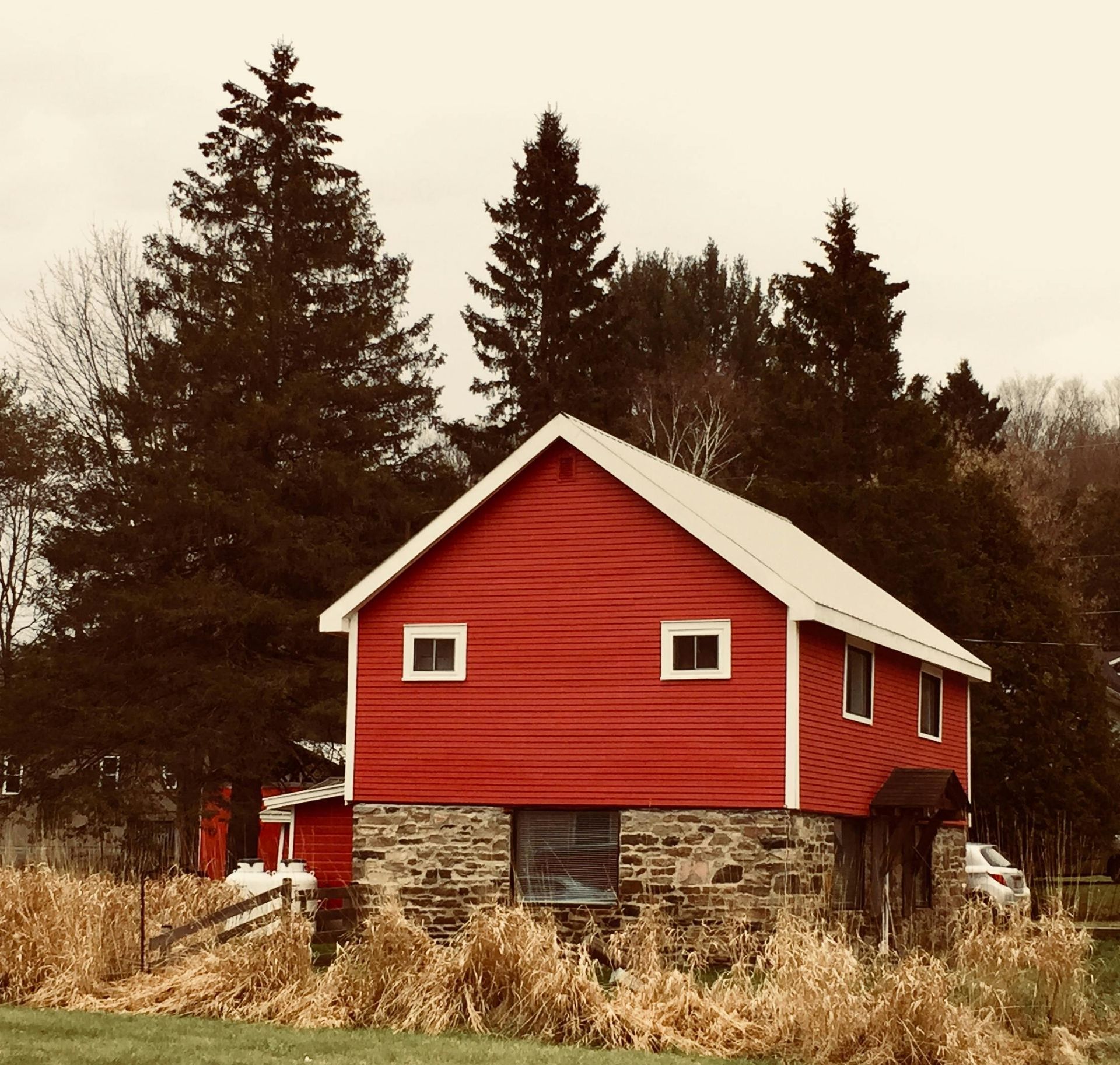Fricke's Tree Service
Understanding Tree Trimming and Pruning Benefits
Tree Trimming vs Pruning: Understanding the Differences
Introduction
When it comes to maintaining the health and aesthetics of your trees, two terms often come up: tree trimming and pruning. While they may seem similar, they serve different purposes and require different techniques. In this blog post, we will explore the distinctions between tree trimming and pruning, their benefits, and when to use each method. Whether you're a homeowner looking to enhance your landscape or a gardening enthusiast, understanding these practices is essential for the well-being of your trees. Proper care can lead to healthier growth, improved appearance, and a safer environment around your property.What is Tree Trimming?
Tree trimming is primarily focused on the overall shape and appearance of a tree. It involves cutting back branches to maintain a desired size and form. Here are some key points about tree trimming:- Purpose: Aesthetic appeal and safety.
- When to Trim: Typically done in late winter or early spring before new growth begins, ensuring that the tree can flourish in the upcoming growing season.
- Tools Used: Pruning shears, loppers, and saws are commonly utilized to achieve the desired results.
Benefits of Tree Trimming
Tree trimming offers several advantages, including:- Improved Aesthetics: Regular trimming helps maintain a neat and attractive appearance, enhancing the overall look of your landscape.
- Enhanced Safety: Removing dead or overhanging branches reduces the risk of falling limbs, which can pose a danger to people and property.
- Encouraged Growth: Trimming can stimulate new growth and improve air circulation, allowing the tree to thrive and flourish.
What is Pruning?
Pruning, on the other hand, is a more specialized practice aimed at improving the health and structure of a tree. It involves the selective removal of specific branches to promote growth and prevent disease. Here are some important aspects of pruning:- Purpose: Health and structural integrity are the primary goals of pruning, ensuring that the tree remains strong and resilient.
- When to Prune: Best done during the dormant season, typically in late winter or early spring, allowing the tree to heal before the growing season begins.
- Tools Used: Pruning saws, hand pruners, and loppers are essential tools for effective pruning.
Benefits of Pruning
Pruning provides numerous benefits, such as:- Healthier Trees: Removing diseased or damaged branches helps prevent the spread of pests and diseases, promoting overall tree health.
- Better Airflow: Pruning opens up the canopy, allowing sunlight and air to reach all parts of the tree, which is vital for photosynthesis and growth.
- Improved Structure: Pruning encourages a strong central leader and balanced branching, which can enhance the tree's stability and longevity.
Key Differences Between Tree Trimming and Pruning
While both practices involve cutting branches, they differ significantly in their objectives and techniques. Here are the main differences:- Objective: Trimming focuses on aesthetics, while pruning targets health and structure, making each practice essential for different reasons.
- Frequency: Trimming is often done more frequently than pruning, as maintaining appearance is an ongoing process.
- Technique: Trimming is generally less precise than pruning, which requires careful selection of branches to ensure the tree's health and growth.
When to Trim vs. When to Prune
Knowing when to trim or prune your trees is crucial for their health and appearance. Here’s a quick guide:- Tree Trimming:
- Late winter or early spring for most species, ensuring that the tree is ready for the growing season.
- Before new growth starts, allowing for a clean slate for the tree to flourish.
- Pruning:
- Late winter or early spring during dormancy, which is the best time for the tree to recover.
- After flowering for certain species, as this can help promote better blooms in the following season.
Common Mistakes in Tree Trimming and Pruning
Both tree trimming and pruning require knowledge and skill. Here are some common mistakes to avoid:- Over-trimming: Cutting too much can stress the tree and hinder growth, leading to long-term damage.
- Improper Cuts: Making cuts at the wrong angle can lead to disease and poor healing.
- Ignoring Tree Species: Different species have unique needs; always research before proceeding to ensure the best care.
Tools for Tree Trimming and Pruning
Using the right tools is essential for effective tree maintenance. Here’s a list of common tools:- Pruning Shears: Ideal for small branches and precise cuts, making them a staple for any gardener.
- Loppers: Useful for thicker branches that are too large for shears, providing leverage and power.
- Pruning Saws: Best for larger branches that require more power, ensuring clean cuts.
- Chainsaws: For heavy-duty trimming and cutting of large trees, but should be used with caution and expertise.
Hiring a Professional vs. DIY
Deciding whether to hire a professional or tackle tree trimming and pruning yourself depends on several factors:- Experience: If you're inexperienced, hiring a professional is advisable to avoid damaging the tree or injuring yourself.
- Tree Size: Larger trees often require specialized equipment and expertise that may be beyond the average homeowner's capabilities.
- Safety: Professionals are trained to handle potentially dangerous situations, ensuring that the job is done safely and effectively.
When to Hire a Professional
Consider hiring a professional tree service if:- The tree is large or near power lines, as this can pose significant risks.
- You lack the necessary tools or experience, which can lead to improper care.
- The tree shows signs of disease or damage, requiring expert assessment and treatment.
Conclusion
Understanding the differences between tree trimming and pruning is essential for maintaining healthy and beautiful trees. While both practices are important, they serve distinct purposes and should be approached with care. Whether you choose to do it yourself or hire a professional, ensuring your trees receive the proper care will lead to a thriving landscape. By investing time and effort into these practices, you can enjoy the benefits of healthy trees that enhance your property and provide shade, beauty, and enjoyment for years to come. For expert tree trimming and pruning services, reach out to us for an estimate using this link. Our team is ready to assist you in achieving the best results for your trees and landscape.RECENT POSTS
Interested in Our Services?
Get in touch today to discuss your next project and we will happy to answer any questions and provide you with a no-obligation FREE Estimate.
Contact Details
Address: 427 Pleasant Oaks Trl, Osteen, FL 32764, United States of America
Phone: (321) 240-5613
Email: jonfric@yahoo.com
Quick Links
Contact Details
Address: 427 Pleasant Oaks Trl, Osteen, FL 32764, United States of America
Phone: (321) 240-5613
Email: jonfric@yahoo.com
